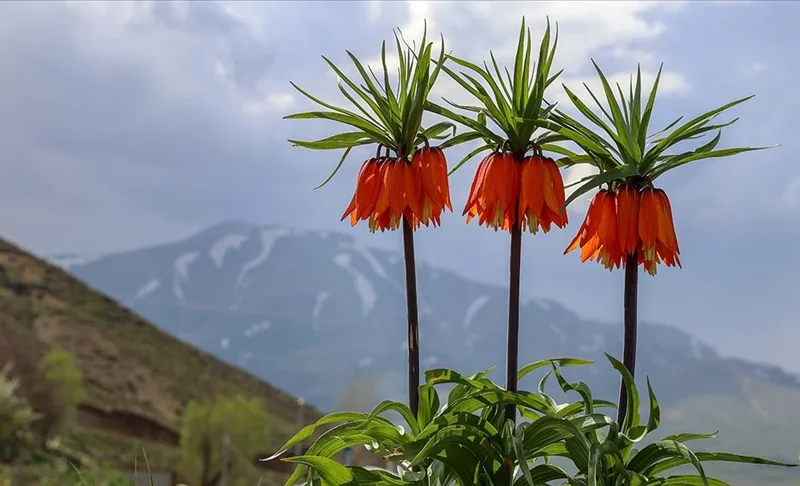Endemic plants are species that grow naturally in a specific region and nowhere else in the world. Thanks to its geographical diversity and climate variety, Turkey is one of the countries with the highest number of endemic plants in the world. The country hosts approximately 12,000 plant species, around 3,000 of which are endemic. In this article, you will discover 9 endemic plants that grow exclusively in Turkey and are admired for their natural beauty.
1. Crown Imperial (Fritillaria imperialis)
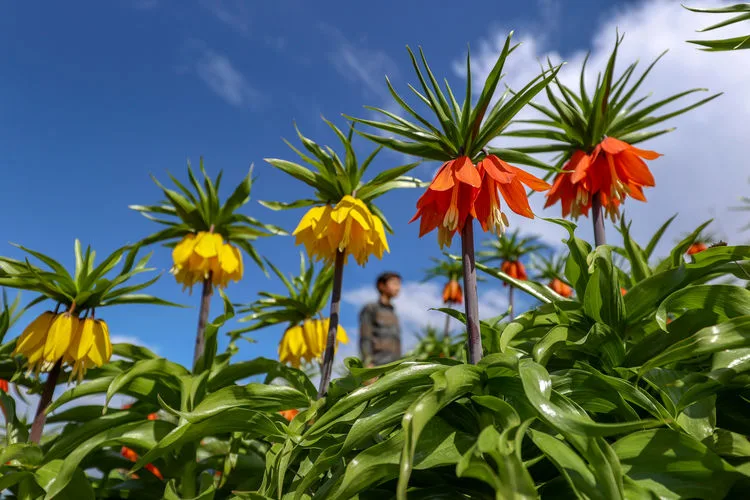
The Crown Imperial, also known as the “weeping bride,” gets its name from its downward-facing flowers that seem to drop seeds like tears.
- Regions Found: Hakkâri, Adıyaman, Tunceli, Şırnak, Erzurum, Malatya, Elazığ; especially abundant in Hakkâri and Adıyaman.
- Features: Grows 50–100 cm tall with striking orange-red flowers. It is famously mentioned in the verses of Turkish folk poet Âşık Veysel.
- Natural Habitat: Mountainous and rocky areas; prefers moist soil.
2. Love Flower (Centaurea tchihatcheffii)
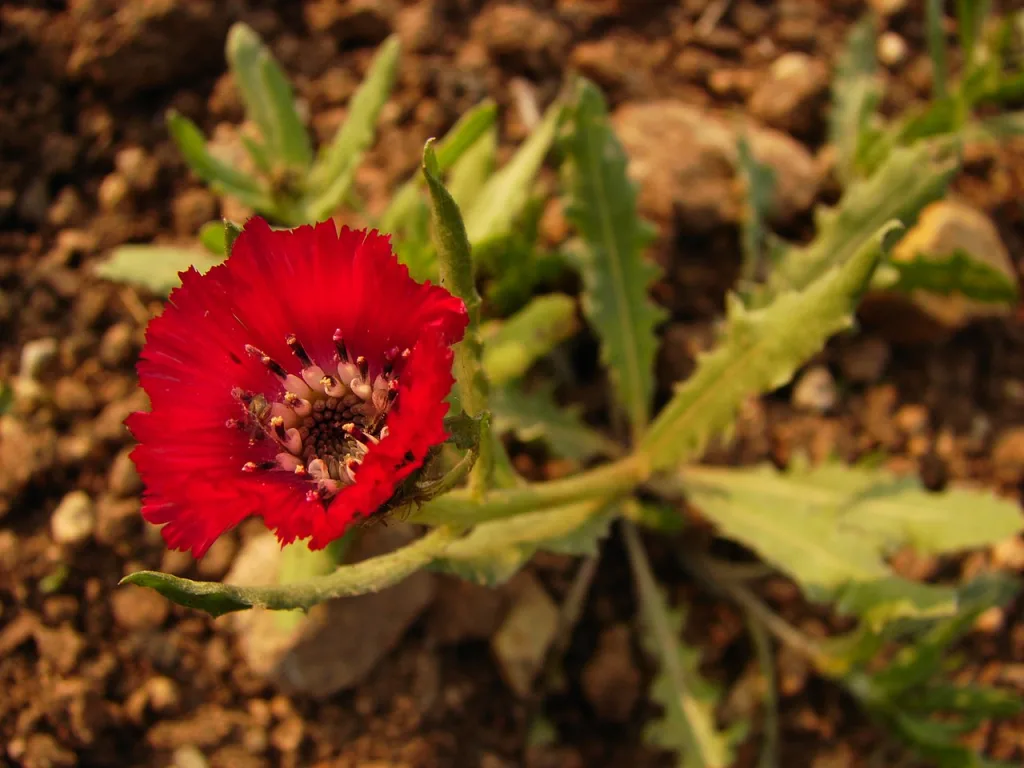
The Love Flower is also known as “Yanardöner” (color-changing) due to its petals that range from red to purple and pink.
- Regions Found: Gölbaşı district, Hacı Hasan Village, Ankara.
- Conservation Status: Endangered due to agricultural chemicals and environmental pressures; currently under protection.
- Features: Brightly colored and resilient; thrives in moist, partially shaded areas.
3. Asuman Crocus (Crocus asumaniae)
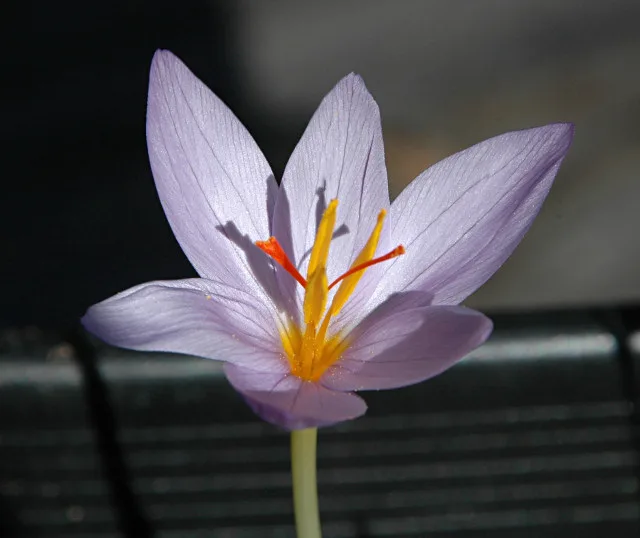
Named after botanist Prof. Dr. Asuman Baytop, this crocus blooms in purple, yellow, and white shades.
- Regions Found: Antalya and surrounding mountainous areas.
- Features: Bulbous and delicate in appearance but long-living; grows well in rocky and elevated areas.
4. Piyan Flower (Thermopsis turcica)
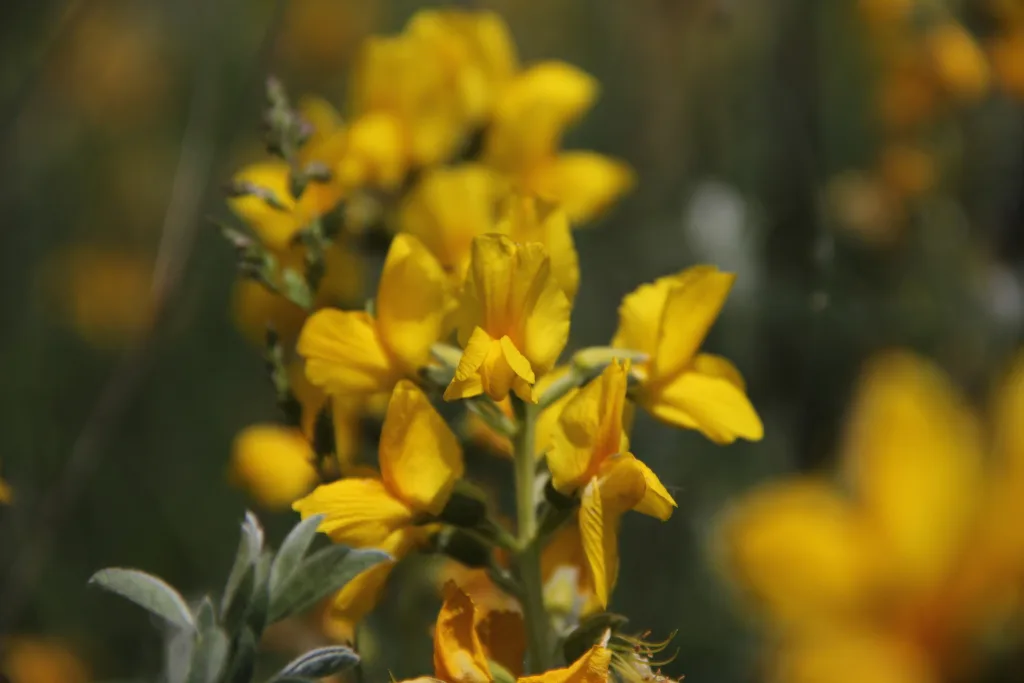
A plant facing the risk of extinction in the near future.
- Regions Found: South shores of Akşehir and Eber Lakes, Konya.
- Features: Known locally as “Eber Yellow” due to its yellow flowers. The name “Piyan” is derived from the local adaptation of the word “meyan” (licorice).
5. Istanbul Nazende (Lathyrus odoratus)
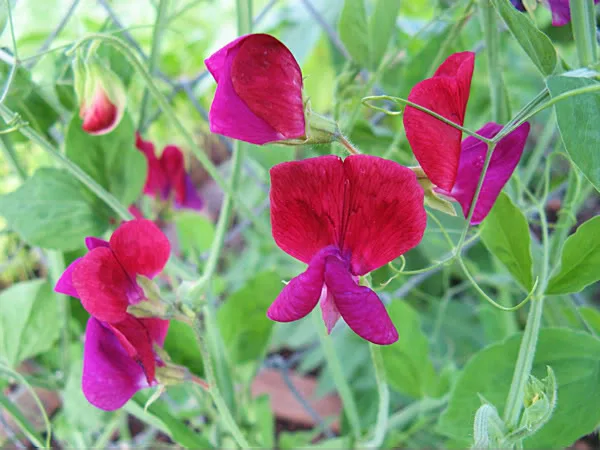
This delicate and graceful plant stands out with its elegant appearance.
- Regions Found: Northwestern Anatolia, particularly around Istanbul.
- Features: Long-living and capable of growing along roadsides; exudes a refined and fragile aesthetic.
6. Rock Crocus (Crocus fleischeri)
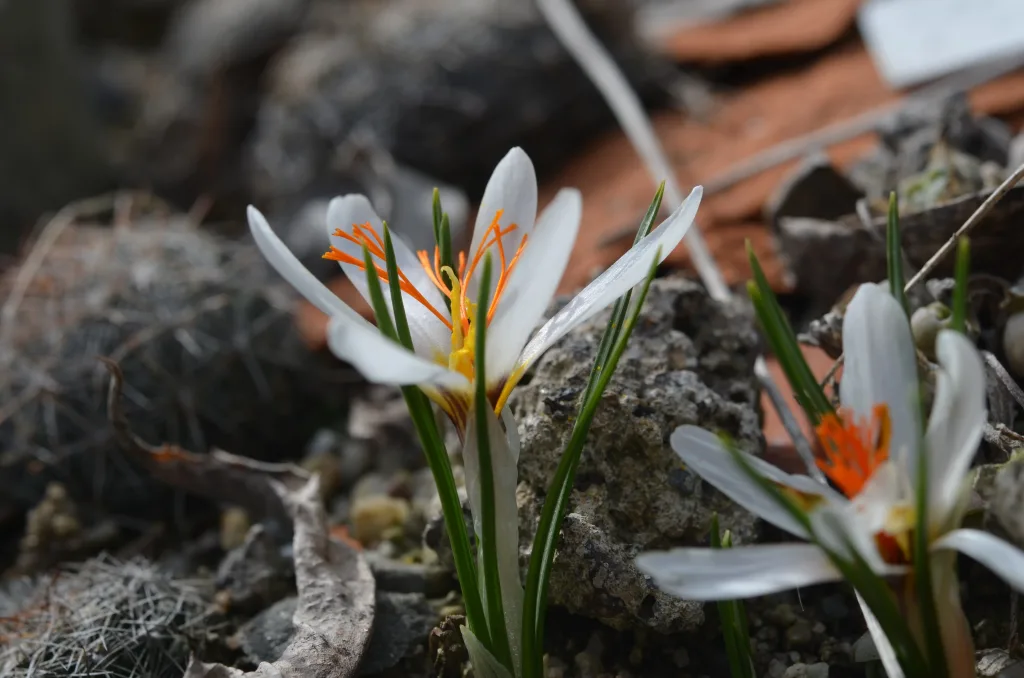
As the name suggests, this plant grows in rocky and stony areas.
- Regions Found: Southern and Western Anatolia, especially the Taurus Mountains.
- Features: Blooms between January and March; adapted to survive in rocky habitats.
7. Cyclamen (Cyclamen pseudibericum)
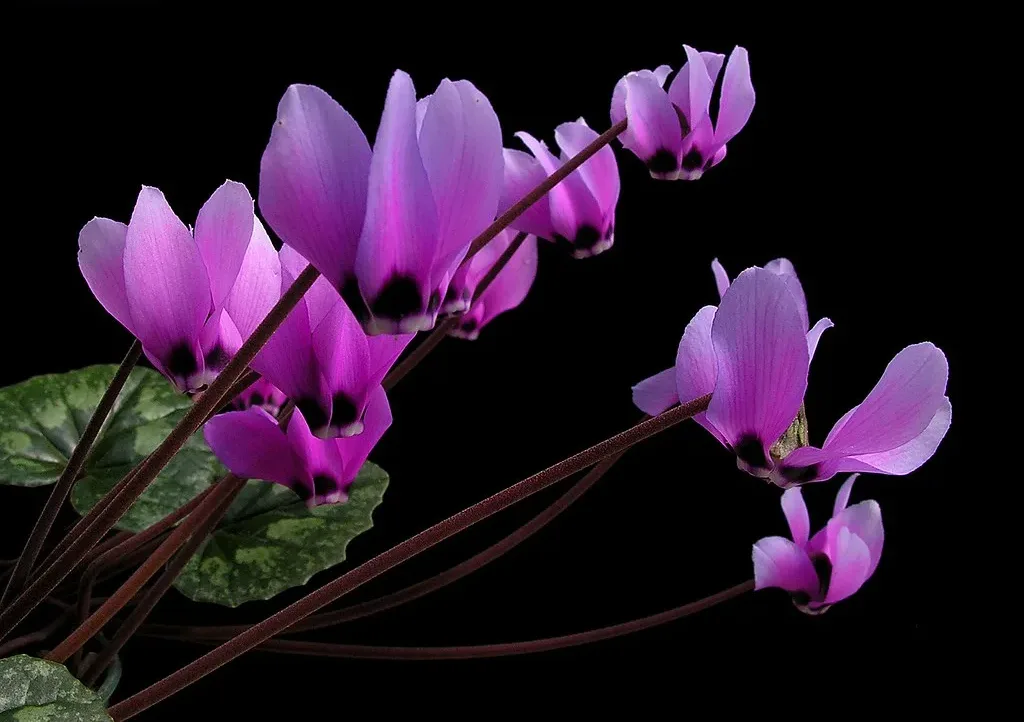
A popular winter ornamental plant that requires special care.
- Regions Found: Turkey hosts 10 cyclamen species, 6 of which are endemic; most abundant in Aegean and Western Anatolia.
- Features: Thrives in winter; outdoor cultivation is preferable to indoor growing.
8. Mini Bellflower (Campanula betulifolia)
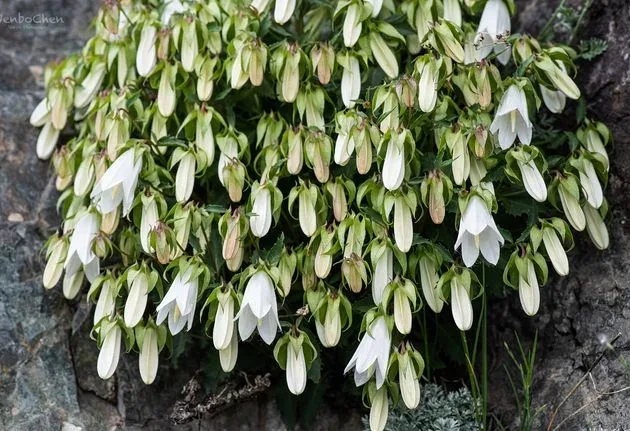
This plant is named “bellflower” due to its bell-shaped blossoms.
- Regions Found: Naturally found in the Mediterranean and Aegean regions; also grown in pots on balconies and windowsills.
- Features: Blooms in white, lilac, blue, and pink; enjoys sunlight and produces small, charming leaves.
9. Anatolian Gladiolus (Gladiolus anatolicus)
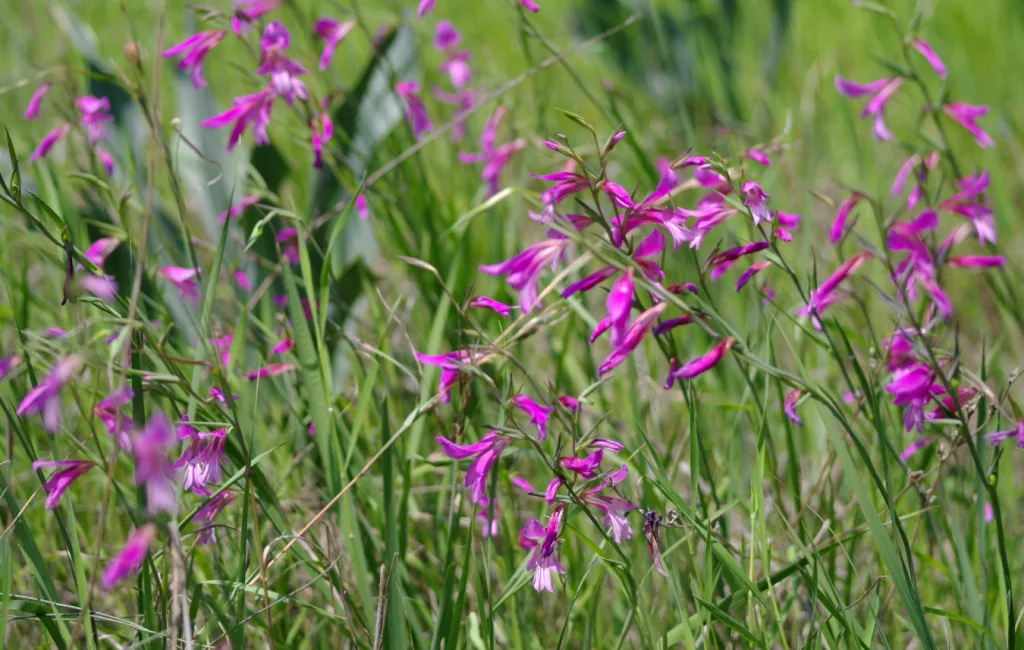
A gladiolus species unique to Anatolia, with narrow, pointed leaves.
- Regions Found: Aegean and Mediterranean regions; prefers fertile soil and sunny areas.
- Features: Thrives in gardens and natural habitats; resilient and visually striking.

